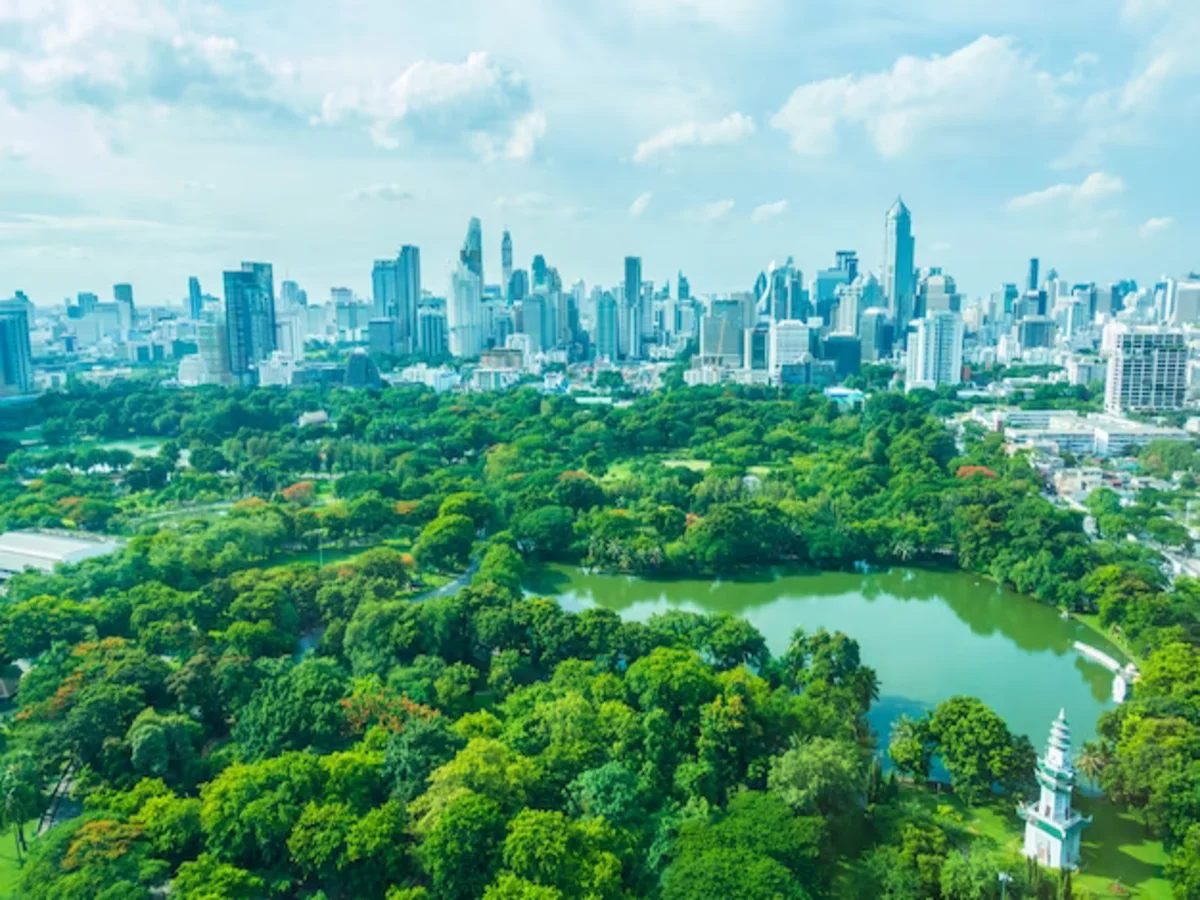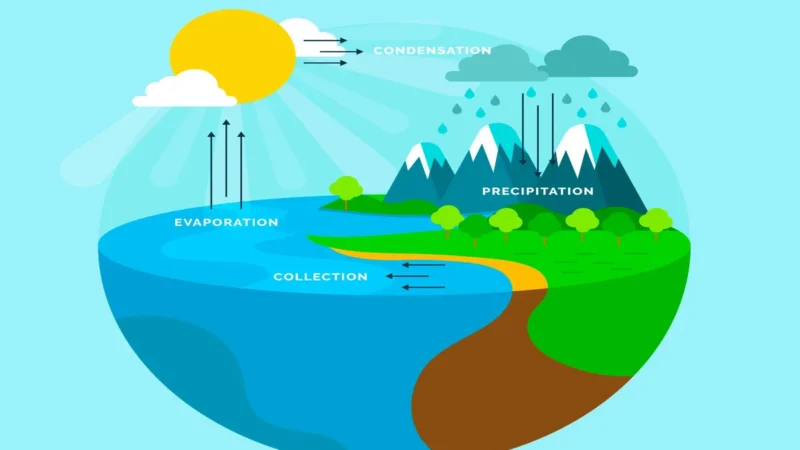Biodiversity: Benefits of Urban Biodiversity for Human Health and Well-Being

In an increasingly urbanized world, the importance of biodiversity in urban environments often goes overlooked. However, urban biodiversity plays a vital role in enhancing human health and overall well-being. This article explores the various ways in which urban biodiversity benefits our physical and mental health, as well as the environment.
Urban Biodiversity
Before delving into its benefits, let’s understand what urban biodiversity entails. Urban biodiversity refers to the variety and abundance of plants, animals, and microorganisms in urban areas. It encompasses parks, green spaces, urban gardens, and even the wildlife that can thrive amidst city landscapes.
The Health Benefits of Urban Biodiversity
1. Improved Air Quality
One of the most tangible benefits of urban biodiversity is its role in improving air quality. Trees and plants in cities act as natural air filters, removing pollutants and releasing oxygen. This cleaner air can lead to reduced respiratory problems and a lower risk of chronic diseases for urban residents.
2. Stress Reduction
Green spaces filled with diverse flora and fauna have been shown to reduce stress and anxiety. Nature’s calming effect provides a much-needed respite from the hustle and bustle of city life. A walk in a park or a quiet moment in a garden can significantly improve mental well-being.
3. Enhanced Physical Activity
Urban biodiversity encourages physical activity. Green spaces and parks offer opportunities for recreational activities like walking, jogging, or cycling. This not only promotes fitness but also helps combat sedentary lifestyles, reducing the risk of obesity and related health issues.
4. Boosted Immune System
Exposure to a variety of microorganisms in natural environments can strengthen the human immune system. Urban biodiversity exposes people to a wider range of microbes, helping to bolster their immunity against diseases.
Social and Community Benefits
1. Community Engagement
Urban biodiversity projects often bring communities together. Gardening clubs, conservation initiatives, and wildlife enthusiasts work collaboratively to protect and nurture their local environment, fostering a sense of belonging and community pride.
2. Educational Opportunities
Biodiverse urban environments serve as outdoor classrooms. They provide a platform for educating city dwellers, especially children, about the importance of nature and the need for conservation. Learning about local flora and fauna can instill a sense of responsibility towards the environment.
Environmental Benefits
1. Ecosystem Services
Urban biodiversity provides essential ecosystem services such as pollination, water purification, and pest control. These services not only benefit humans but also contribute to the sustainability of urban ecosystems.
2. Climate Mitigation
Green spaces and urban forests help mitigate the urban heat island effect by providing shade and cooling the environment. They also sequester carbon, reducing greenhouse gas emissions and combating climate change.
In conclusion, urban biodiversity is not just a matter of ecological importance; it directly impacts the health and well-being of urban residents. Recognizing the myriad benefits it offers can guide policymakers, city planners, and individuals in making choices that promote and preserve biodiversity within urban environments. By nurturing the natural world within our cities, we can create healthier, happier, and more sustainable urban communities for generations to come.
FAQs
1.What is biodiversity?
Biodiversity, short for biological diversity, refers to the variety and variability of life on Earth. It encompasses the diversity of species, genetic diversity within species, and the diversity of ecosystems and habitats.
2. Why is biodiversity important?
Biodiversity is crucial for several reasons. It provides ecosystem services such as pollination, water purification, and climate regulation. It also contributes to human well-being by supporting agriculture, medicine, and tourism. Biodiversity is essential for the stability and resilience of ecosystems, which, in turn, affects the health of the planet.
3. How does urbanization affect biodiversity?
Urbanization often leads to habitat destruction, fragmentation, and pollution, which can have detrimental effects on biodiversity. However, urban areas also have the potential to support biodiversity through green spaces, sustainable city planning, and conservation efforts.
4. What are the threats to biodiversity?
Biodiversity faces numerous threats, including habitat loss, climate change, pollution, invasive species, overexploitation of resources, and habitat degradation. These threats can result in the decline or extinction of species and disruption of ecosystems.
5. How can individuals contribute to biodiversity conservation?
Individuals can play a significant role in biodiversity conservation by making sustainable choices in their daily lives. This includes reducing waste, supporting sustainable agriculture and fisheries, conserving water and energy, and participating in local conservation initiatives. Raising awareness about biodiversity and advocating for its protection is also essential.


